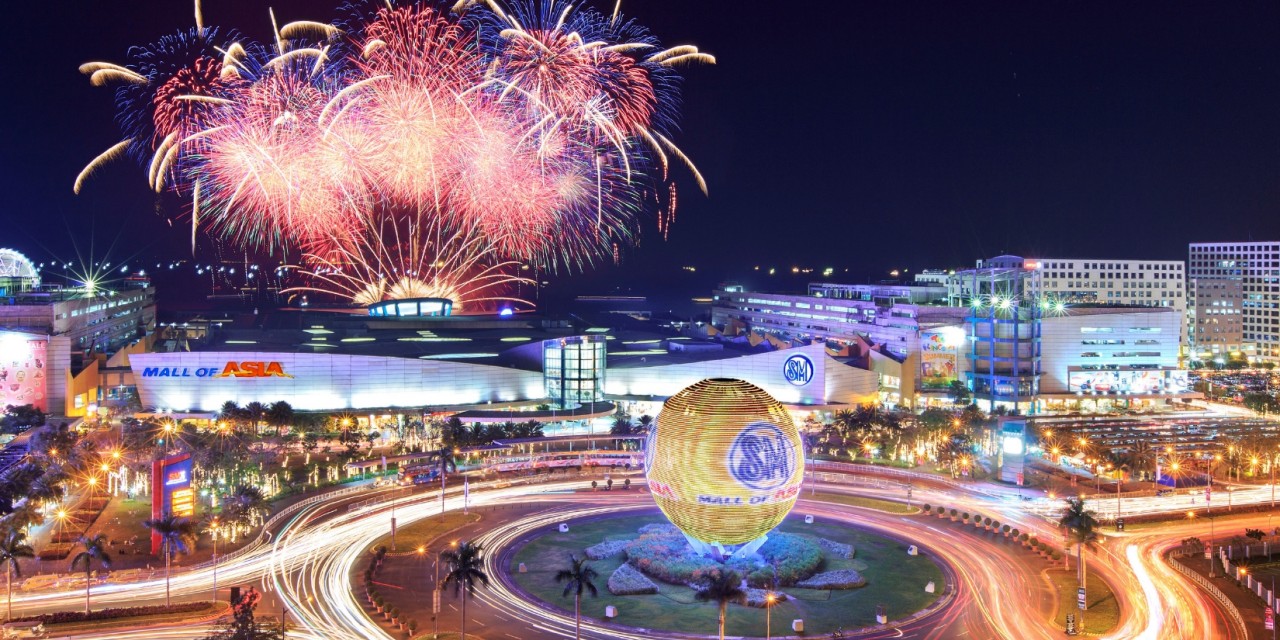
Philippines
The Philippines is a southeast Asian country situated in the western Pacific Ocean. The Republic of the Philippines is a southeast Asian country, situated in the west of the Pacific Ocean. Officially, it is known as the Republic of the Philippines. For the adventurous explorers, the Philippines has a lot more to discover from busy cities to dazzling beaches to rocky mountains.
The capital of the Philippines, Manila is known as “Pearl of the Orient” as well. This historic city has a lot more to discover such as shopping malls, restaurants, museums, parks, and theatres. The Philippines is increasingly becoming the hub for foodies and Manila is playing a vital role in its variety of cuisines and street food.
History
A Portuguese explorer Ferdinand Magellan claimed the Philippines in the name of Spain in 1521. He named it Las Islas Filipinas after King Philip II of Spain. Further, they were being called Filipinas. In the 1830’s Spanish culture and thoughts light the spark of liberation from Spain. Revolution in the Philippines began in early 1896 and in 1898 that entangle with Spanish- American War. At the end of this war, Spain ceded this territory to the United States and after that, the Filipino rebels declared the Philippine Republic. The Philippine-American war come to an end when the Japanese entered the island during World War II. In 1946, the Philippines became an independent country.
Geographical Locations
The country is formed by 7,641 islands that are categorized by its’ geographical location. It is categorized into three major locations named Luzon, Visayas & Mindanao. The total area of the Philippines is around 300,000 km2 and the population of the Philippines is about 109 million. It is the 13th most populated country in the world.
The Philippines shares its international border in form of maritime with several countries. Northside border with Taiwan and Japan & China is situated in its northeast and northwest respectively. It shares the maritime border with Indonesia in the south, east with Palau, west with Vietnam.
Climate
The climate of the this country consists of two types, one is tropical and maritime that is caused by comparatively high humidity, abundant rain, and higher humidity. Mainly, two seasons are there in the country, the wet season and dry season. It depends upon the amount of rain in a particular period. Some of the locations in the country experience rain throughout the year. In many aspects, it is similar to several countries in Central America.
The two types of climates are recognized in the Philippines based on the amount of rainfall, which is explained below.
- November to April: Dry weather
- May to October: Wet weather
People
The diversified people of the Philippines are called Filipinos. The major portion of the population had ancestors from Southeast Asia mainland that in recent times is known as Indonesia. 100 different societies based on culture and linguistically difference makes the Philippines a diversified country. The major portion is the Cebuano from the Visayan Islands and Tagalog from Luzon. The contribution is 20% of each in the total population of the country. One-tenth of the total is contributed by the Hiligaynon of the Visayan islands of Panay and Negros along with the Ilocano of northern Luzon each. Another one-tenth is from the Bicol Peninsula and Samar and Leyte in the Visayas. Some portion is from the Kapampangans of south-central Luzon and Filipino mestizos.
Philippines Languages
A total of 183 languages are being spoken in the Philippines, most of them are regional. The official languages of the Philippines are Filipino and English. The national language is Filipino and English gets the status of official language from the time when it was under US territory from 1898 to 1946 till the independence.
The primary language is Filipino that is being taught in school and used by media too. It is also the medium to unite the nation despite linguistic differences across the country. English is mainly used in magazines, newspapers, and government notices.
There is one another language similar to Filipino is Tagalog. In general, the Filipino is the updated version of Tagalog after getting the elements from English, Spanish, Chinese, and Malay.
Religion
Officially, the Philippines is a secular country, therefore respect all religions equally. The majority population in the Philippines is adherent to Christianity. There is more than 86% population is Christian. The second-largest religion of the country is contributed by the Muslim community. It contributes to about 5.6% of the total population of the country. In addition to that, there are some other religions that survived in the country i.e. Buddhism, Confucianism, and Taoism.
Education
Thirteen years of education are compulsory in the Philippines that are grouped into three levels.
- Elementary School- KG to Grade 6
- Junior High School- Grade 7 to 10
- Senior High School- Grade 11 to 12
Elementary schooling is further grouped into two levels. One is the 1st key stage that is from kindergarten to grade 3 and 2nd key stage is grade 4 to grade 6. The minimum age to enter into 1st stage of elementary education is 5 years.
Three different government agencies regulate the entire education system.
- Department of Education (DepEd)- Responsible to set all educational standards and mandates throughout the country.
- Commission on Higher Education (CHED)- Responsible to supervise and regulate all colleges and universities throughout the country.
- Technical Education and Skills Development Authority (TESDA)- Responsible to regulate vocational training institutions and technical education colleges and universities throughout the country.
MBBS in Philippines
Philippines is known for offering top quality medical education at affordable cost. International students seeking to study medicine abroad for various factors conclude with Philippines medical colleges. MBBS in Philippines is also playing a major role for most international students attracted towards the country. This is because students get better education at affordable cost. The biggest advantage is that the country offers complete education in English. Most
Education in Philippines is famous among globe as it follows US standards and teaching language is English. Students from various part of globe travel Philippines to carry out their higher studies. Davao Medical School Foundation is one of top Philippines medical college attracting students for medical education.
Government
The Philippines is a Republic country with a Presidential government where power is divided equally among the three independent branches.
- The Legislative Branch- Legislative power is granted to two-chamber, one is Congress of the Philippines and the House of representatives.
- The Executive Branch- The Executive power is practiced under the guidance of the President.
- The Judicial Branch- Judicial power is given to the Supreme Court of the Philippines that is the highest judicial body in the country.
Foreign relation
President of the Philippines in coordination with the Department of Foreign Affairs administrates the foreign relation of the Philippines. Southeast Asian countries, the United States, and the Middle East are the main influencer of the Philippines’ external affairs. Presently, the Philippines is playing the role of a founded member of the United Nation. Apart from this, the Philippines is a participant of UNESCO, WHO, ILO & FAO. Additionally, the Philippines has its presence as a member of different international organizations i.e. East Asia Summit, Association of Southeast Asian Nations, and the Association of Caribbean States.
Economy
In the East Asia Pacific region, the Philippines is among the most vibrant economy. The strong consumer demand and vibrant labor market are the resulting factors of urbanization, growing middle class, and dynamic young population. The same has a positive impact on the performance of various businesses involved in real estate, business process outsourcing, and the financial sector.
Transport
The mean of transportation in the Philippines covers all more than 7500 islands. The state of the transportation department under the government of the Philippines paying special attention to the development of transportation infrastructure. This development includes different modes of transportation i.e. road, rail, water, and air.
Culture
The culture of the Philippines is a combination of Filipino and Spanish traditions. In some parts of the Philippines, it is influenced by the American and blend of other Asian countries. It has been noticed that Filipinos are family-oriented and social people. Getting together, parting, dancing, singing, and chilling outside is most commonly seen in their community. The calendar of the Philippines is full of festivals throughout the year.






